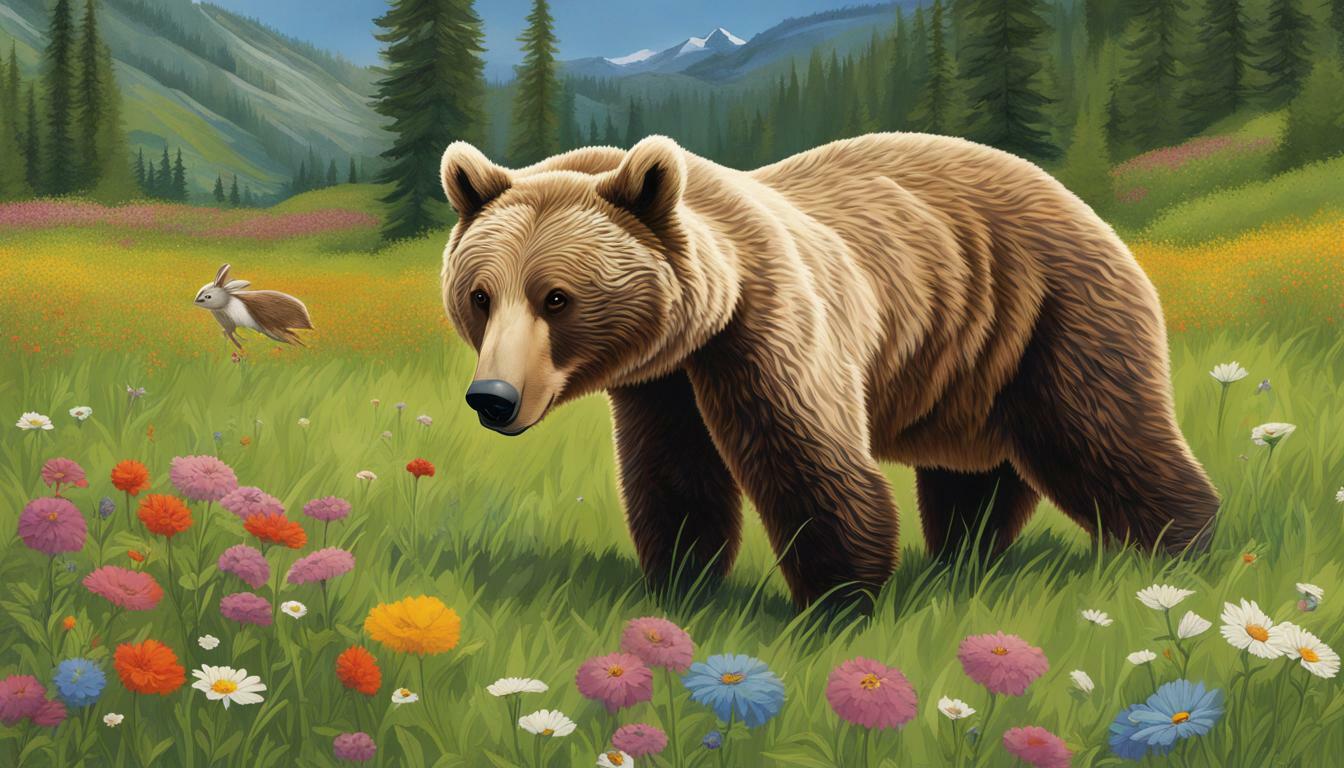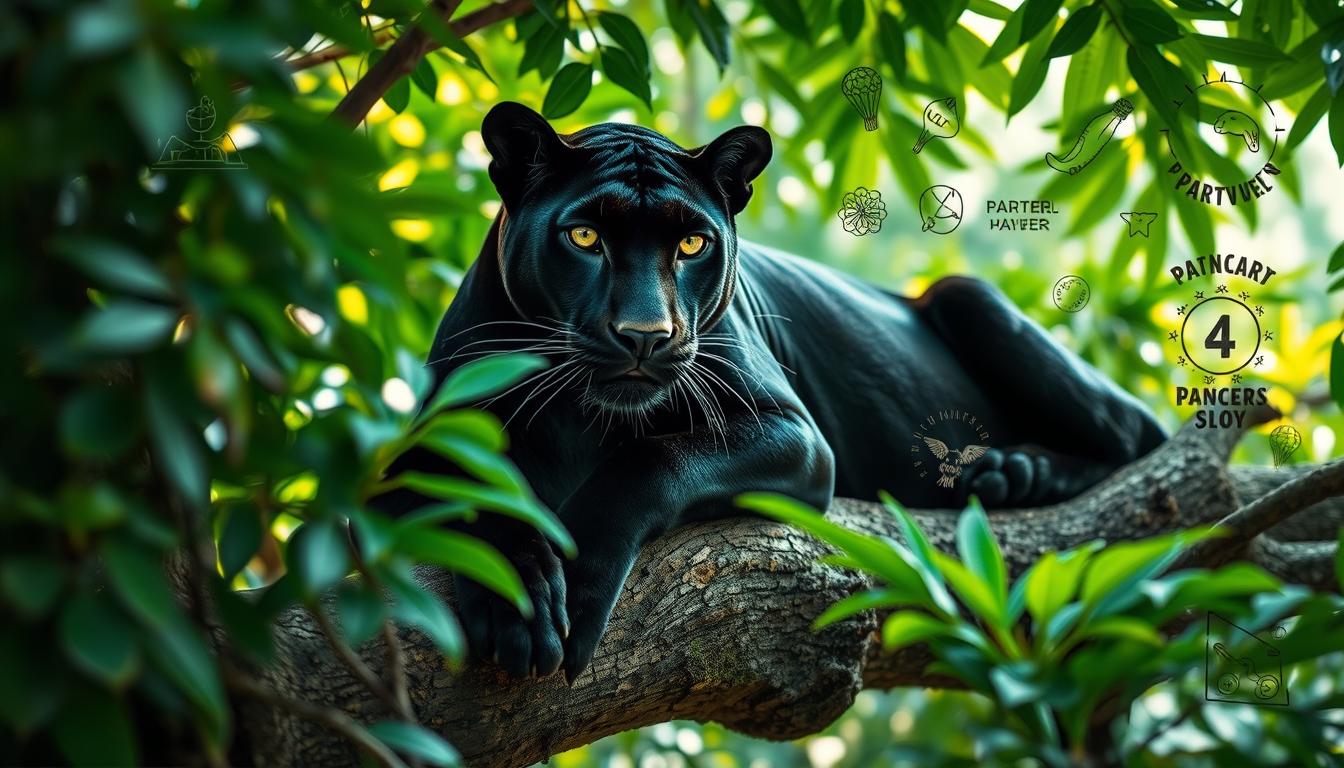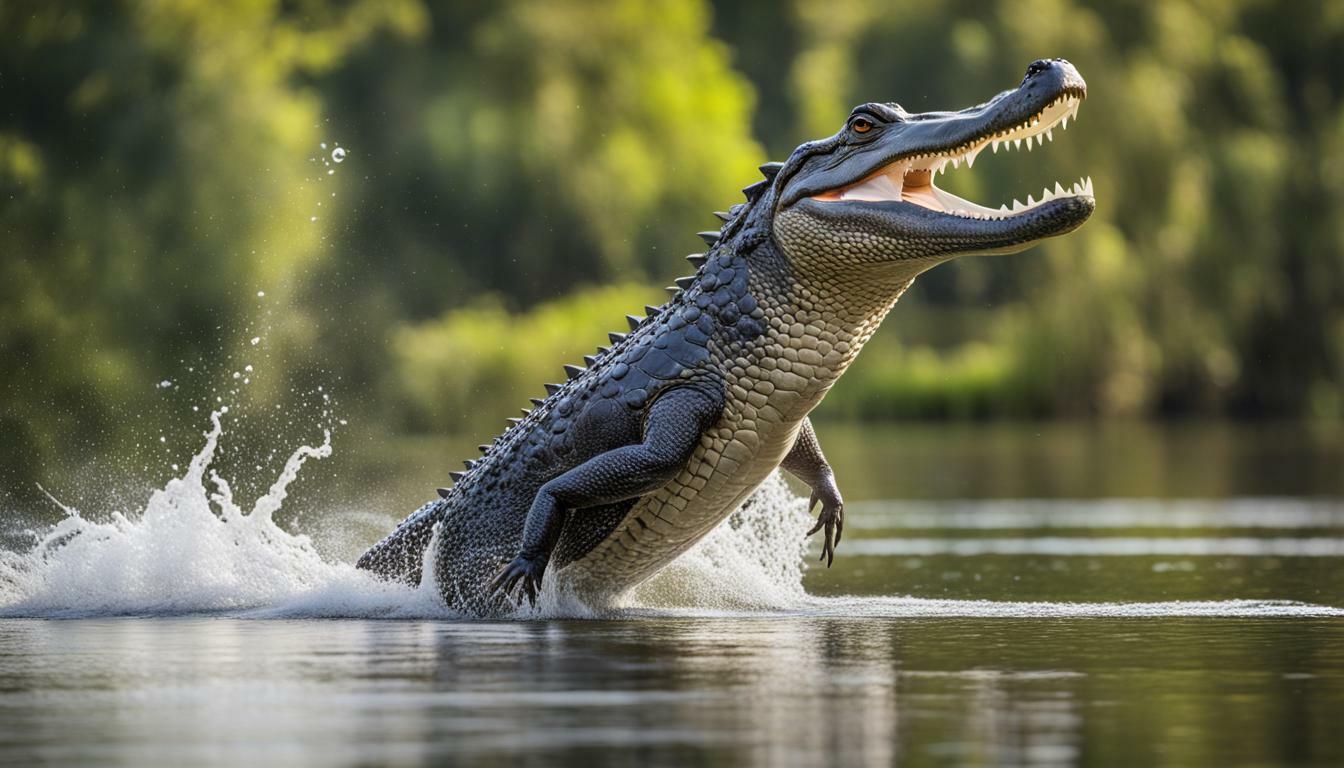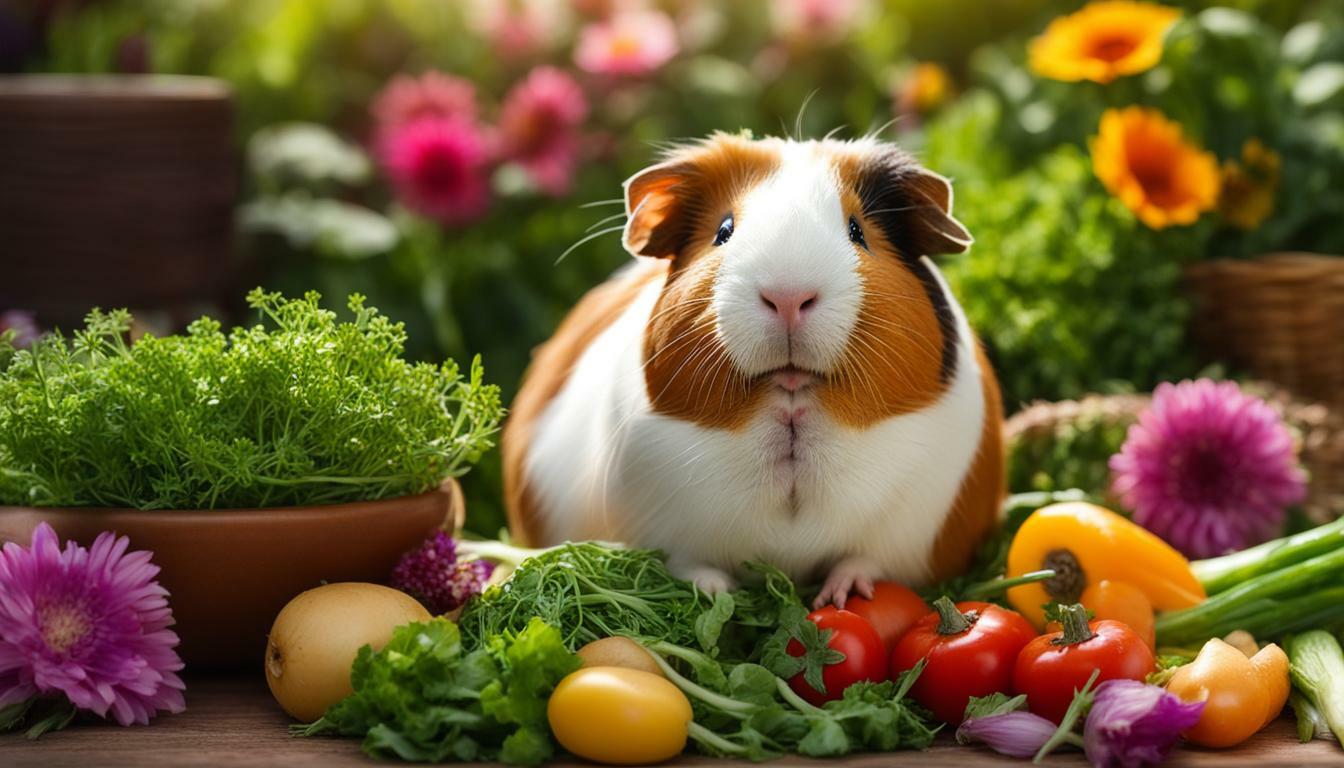Do Bears Eat Rabbits? Find Out Here!

Table of content:
- What Types of Bears Eat Rabbits?
- How Often Do Bears Hunt Rabbits?
- When Are Rabbits Most Vulnerable to Bears?
- How Do Bears Catch and Kill Rabbits?
- Do Black Bears and Grizzly Bears Hunt Rabbits Differently?
- How Can Rabbits Avoid Getting Eaten by Bears?
- Are Baby Rabbits Easier for Bears to Catch Than Adults?
- What Other Predators Eat Rabbits Besides Bears?
- Conclusion
Rabbits and bears are both common wildlife species found throughout North America. As omnivores, bears have a varied diet that includes plants, insects, fish, and meat. This leads many people to wonder: do bears eat rabbits?
The short answer is yes, bears do sometimes prey on rabbits. However, rabbits make up a very small portion of a bear’s diet. Bears prefer to eat more substantial meals when possible, and often only hunt small mammals like rabbits opportunistically. Read on to learn more about the complex relationship between bears and rabbits in the wild.
What Types of Bears Eat Rabbits?
In North America, there are three main species of bear that may occasionally dine on rabbits:
- Black bears – Black bears are omnivores and the most widely distributed bear species on the continent. They will eat almost anything, including berries, grasses, bugs, fish, eggs, and small mammals. Though not their preferred prey, black bears do sometimes hunt rabbits if the opportunity arises.
- Grizzly bears – Like black bears, grizzlies are omnivorous and open to eating rabbits on occasion. Grizzlies have a more carnivorous diet than black bears overall. They may be more likely to seek out rabbits and other small mammals to supplement their diet.
- Polar bears – Polar bears are specialized carnivores that mainly feed on seals and fish. They are unlikely to encounter rabbits often, since polar bears and rabbits occupy vastly different ecosystems. But if presented with the chance, polar bears may eat a rabbit due to their carnivorous instincts.
So when bears and rabbits cross paths, any of North America’s bear species may prey upon rabbits if hungry enough. But how often do these interactions actually occur?
How Often Do Bears Hunt Rabbits?
Bears do not hunt rabbits frequently. Rabbits make up a very small percentage of a bear’s diet for a few reasons:
- Bears favor more substantial foods – Given the choice, bears prefer to eat meatier meals. Bears focus most of their hunting efforts on elk, deer, moose and other large game. Bears also favor fish like salmon when available. Compared to these food sources, small prey like rabbits have little reward.
- Rabbits are fast and agile – Rabbits rely on their impressive speed and agility to escape predators. Their powerful hind legs allow them to dash away at up to 18 mph. This makes them challenging prey for heavier, slower moving bears to catch.
- Rabbits hide in burrows – Rabbits spend a lot of time in networks of underground burrows and tunnels. These burrows offer protection from bears and other predators, limiting a bear’s opportunities to grab rabbits.
- Rabbits are not always active – As crepuscular animals, rabbits are most active at dawn and dusk. Bears hunt more heavily during the day when rabbits lay low in their burrows. The differing schedules make encounters less likely.
While bears certainly could hunt rabbits daily if they so choose, rabbits’ small size, speed, hiding places and schedule make them an infrequent prey choice. However, some opportunistic bears may seek out rabbits on occasion, especially in certain situations.
When Are Rabbits Most Vulnerable to Bears?
Though not a prime target, rabbits do sometimes end up as part of a bear’s varied omnivorous diet. Under certain conditions, bears may be more likely to prey upon rabbits:
During Lean Times
When food is scarce, bears may be more apt to hunt small game like rabbits to stave off hunger. Late winter and early spring are lean times when bears are emerging from hibernation but food is still limited. If bigger prey is unavailable, bears may turn to rabbits for sustenance.
When Rabbit Populations Boom
Rabbit populations are characterized by boom and bust cycles. When the conditions are right, rabbit populations can explode in a short period of time. These periodic booms result in a surplus of rabbits on the landscape, making them much easier for bears to find and catch.
When Rabbits Are Most Active
As crepuscular animals, rabbits are most active at dawn and dusk – the same time’s bears are hunting. So even though their cycles are offset for much of the day, during peak activity times bears and rabbits are bound to cross paths more often, increasing opportunities for predation.
When Rabbits Are Vulnerable
Baby rabbits or injured rabbits are easier targets for bears. Young rabbits are more vulnerable before they can dash away quickly. Injured or sick rabbits also make for an easy, nourishing meal if a bear comes across one.
When Habitat Overlaps
In areas where rabbit and bear habitats closely overlap, interactions are naturally more common. Bears may specifically seek out meadows, forests and thickets where rabbits are known to reside. The chances of predation increase in these habitat hotspots.
Though bears do not typically hunt rabbits, the right circumstances can sometimes lead bears to target these small mammals as a supplemental food source. By understanding the conditions that make rabbits vulnerable, we can better understand the seasonal hunting pressures rabbits face from bears and other predators.
How Do Bears Catch and Kill Rabbits?
Given bears do not regularly hunt rabbits, their exact techniques may vary. However, based on bears’ skills and physical attributes, we can piece together how bears likely capitalize when opportunities to prey on rabbits arise:
- Stealth – Bears can move quietly despite their size, allowing them to approach rabbits undetected. Bears’ broad paws distribute their weight to enable silent stalking.
- Surprise – Bears may use cover like thick brush or crouch down to stay hidden, then burst forth and surprise rabbits. Their acceleration can briefly outpace rabbits.
- Pouncing – With surprise on their side, bears can pounce and pin down rabbits. A blow from a bear’s powerful front legs can immediately injure or kill a rabbit once caught.
- Digging – If rabbits escape to burrows, bears will use their long claws to relentlessly dig them out. Few hiding places can withstand a determined bear.
- Foraging – Bears may simply stumble upon young rabbits above ground while foraging. Vulnerable baby rabbits are easy pickings for opportunistic bears.
- Theft – Bears are not above stealing rabbits from other predators. They may scare away or physically displace smaller predators like coyotes or foxes to steal their rabbit prey.
A combination of stealth, speed, power and sharp claws equip bears to catch and kill rabbits effectively once they are within reach. But bears likely rely most heavily on opportunism and the element of surprise to overcome rabbits’ speed and evasiveness when hunting these agile animals.
Do Black Bears and Grizzly Bears Hunt Rabbits Differently?
Black bears and grizzly bears occupy overlapping ranges across North America and both are opportunistic rabbit predators. But do these two bear species hunt rabbits in different ways?
There are a few key differences that may impact their rabbit hunting strategies:
- Diet – Grizzlies have a more carnivorous diet, potentially making them more inclined to hunt rabbits. Black bears are highly omnivorous and only occasionally target mammals.
- Size – Grizzlies are significantly larger and stronger on average, which may allow them to more easily overpower rabbits through brute strength compared to black bears.
- Speed – Black bears can run up to 30 mph, making them slightly faster than grizzlies. This may allow black bears to run down rabbits more easily in a sprint or chase situation.
- Habitat – Black bears occupy forests as well as swamps and woodlands. Grizzlies roam more open habitats like meadows and mountains where rabbits are abundant. More exposure likely leads to more interactions between grizzlies and rabbits.
- Technique – Black bears are fantastic climbers, so they may be more apt to snatch rabbits from burrows. Grizzlies may use their strength advantage to dig rabbits out aggressively.
While both bear species opportunistically feed on rabbits when available, grizzly bears likely target them slightly more often owing to their carnivorous tendencies, strength, habitat range and frequent rabbit exposure. Both employ their unique physical attributes to catch these swift, burrowing animals.
How Can Rabbits Avoid Getting Eaten by Bears?
Given that bears are large, powerful predators, how do rabbits manage to avoid getting eaten most of the time? Rabbits have a few key defenses and adaptations on their side:
- Speed – A rabbit’s explosive acceleration and agility help it dash to safety before bears can react. Rabbits can sprint up to 18 mph over short distances, outpacing most bears.
- Evasiveness – Rabbits use quick lateral dodges and zig-zagging escape patterns to make catching them more difficult, even for agile bears. Their small size is an advantage.
- Burrows – Underground burrow networks offer rabbits refuge and protection. Rabbits dive into burrows when threatened to safely escape bears above ground.
- Camouflage – Rabbits’ natural camouflage helps them hide in plain sight as they freeze to avoid detection. Their mottled brown fur blends into the forest floor.
- Wariness – Rabbits have excellent senses to detect approaching bears from a distance. Their large eyes have nearly 360-degree vision. Outsized ears can hear predators coming.
- Reproduction – Rabbits reproduce so quickly that bears hunting them does not threaten overall rabbit populations. Even when some rabbits are lost, their numbers bounce back rapidly.
With speed, stealth and great awareness on their side, rabbits have evolved a number of behaviors and adaptations that allow them to avoid being an easy meal for hungry bears and other predators. This is why bears only occasionally manage to snag the speedy rabbits.
Are Baby Rabbits Easier for Bears to Catch Than Adults?
Baby rabbits, known as kittens or bunnies, are born furless and blind after a brief 30-day gestation period. For the first few weeks of their lives, these juveniles are very vulnerable to predators like bears.
Baby rabbits have less developed defenses and survival instincts compared to adult rabbits. As a result, bears likely find baby rabbits easier to catch and kill relative to adult rabbits:
- No Speed – Baby rabbits cannot yet run very fast or evasively, making it simple for bears to grab them. Their limbs are undeveloped.
- Helpless – Kittens lack the coordination and stamina to escape dens and burrows if bears dig in. They remain helpless and hunkered down.
- No Camouflage – Newborns lack the brown fur that helps adult rabbits camouflage. Without fur, they are exposed.
- Instincts – Baby rabbits have yet to develop ingrained escape instincts and wariness. They often freeze in place when threatened.
- Above Ground – Young rabbits spend more time out of dens and exposed while their mothers forage, increasing their vulnerability.
- Defenseless – Kittens lack the powerful hind legs adult rabbits leverage for defense. They cannot kick or scratch formidable bears.
From birth through the first few weeks of life, baby rabbits are naive prey with essentially no defenses. As a result, bears and other predators find young rabbits to be an easy, protein-packed meal when encountered above ground. Within a few months though, they gain speed, agility and wariness on par with adult rabbits.
What Other Predators Eat Rabbits Besides Bears?
Bears are far from the only predator that eats rabbits. Rabbits comprise an important prey species for many different carnivorous mammals:
- Foxes – Foxes are efficient rabbit hunters. Red foxes and gray foxes regularly prey on rabbits, especially young ones, as a key food source.
- Bobcats – These fierce wild cats are well equipped to catch and kill rabbits with their speed, claws and hunting skills. Rabbits are a primary component of bobcats’ diets.
- Lynx – The wide, padded paws of lynx make them adept rabbit hunters in snowy northern forests. Rabbits comprise up to 80% of their diet.
- Coyotes – Opportunistic coyotes frequently target rabbits across their extensive North American range. Both jacks and cottontails are common coyote prey.
- Wolves – Though not their primary prey, wolves will opportunistically hunt rabbits, mainly in winter when other food is scarce.
- Mountain lions – Large mountain lions rarely pass up the chance for an easy rabbit meal when they come across them.
- Raptors – Birds of prey like hawks, eagles and owls regularly hunt rabbits from the air. Their keen vision and aerial agility equip them to swoop down and strike.
In addition to bears, rabbits need to continually evade this suite of predators that all include rabbits in their diet, especially foxes, bobcats and coyotes. Their impressive speed, agility, stealth and reproductive capacity equip rabbits well to persist as prey despite intense predation pressures from a wide array of hunters.
Conclusion
In conclusion, bears do opportunistically prey upon rabbits as part of their omnivorous dietary needs. However, bears do not actively hunt rabbits very often. Given the choice, bears prefer to eat meatier game and fish over small mammals. But during lean times or when easier prey is unavailable, bears may look to rabbits as an obtainable source of protein.
Different bear species have different advantages that may make catching agile rabbits easier depending on their size, speed and habitat. Still, rabbits have evolved a number of defenses that allow them to largely avoid predation from bears and other predators. Their speed, agility, hiding places and ability to reproduce rapidly help persist as prey species and minimize losses despite the numerous animals that opportunistically feed on rabbits.
By understanding how bears occasionally manage to catch rabbits and why rabbits mostly manage to avoid them, we gain insight into these species’ ecological roles as opportunistic predators and vulnerable prey.
Welcome. I’m Adreena Shanum, the proud owner of this website, and I am incredibly passionate about animals, especially poultry. I founded adreenapets.com as a labor of love, stemming from my desire to share my knowledge and experiences with poultry enthusiasts worldwide.




